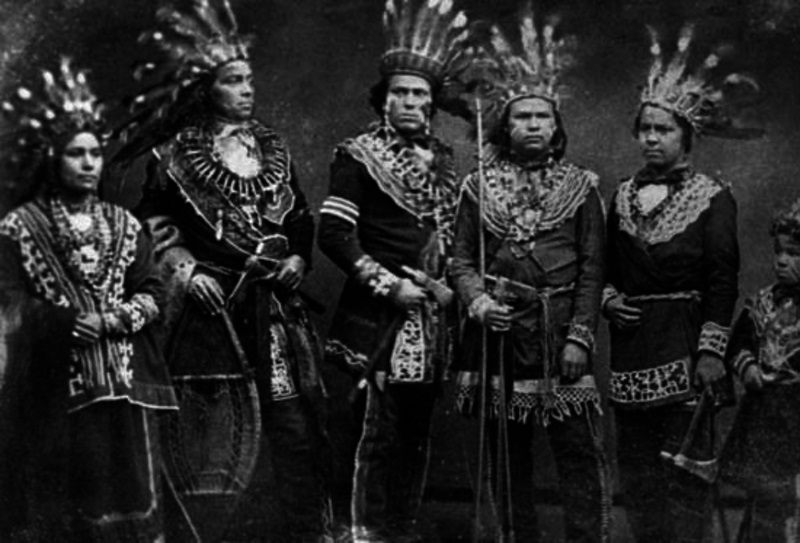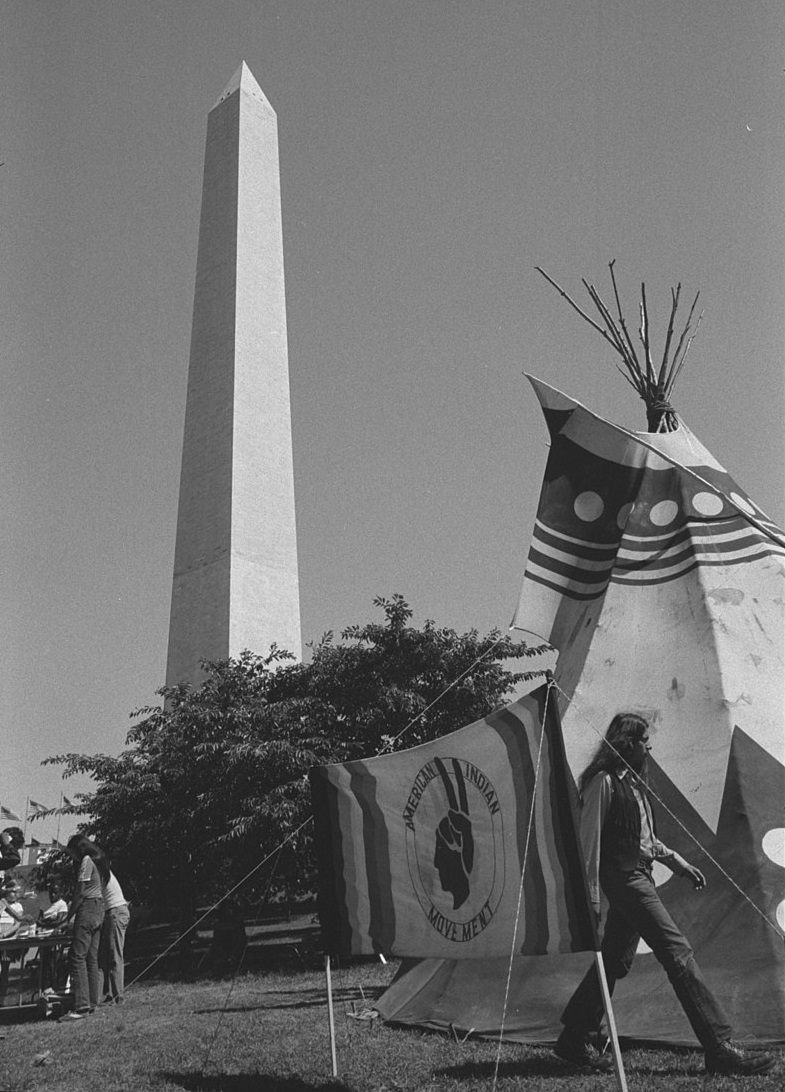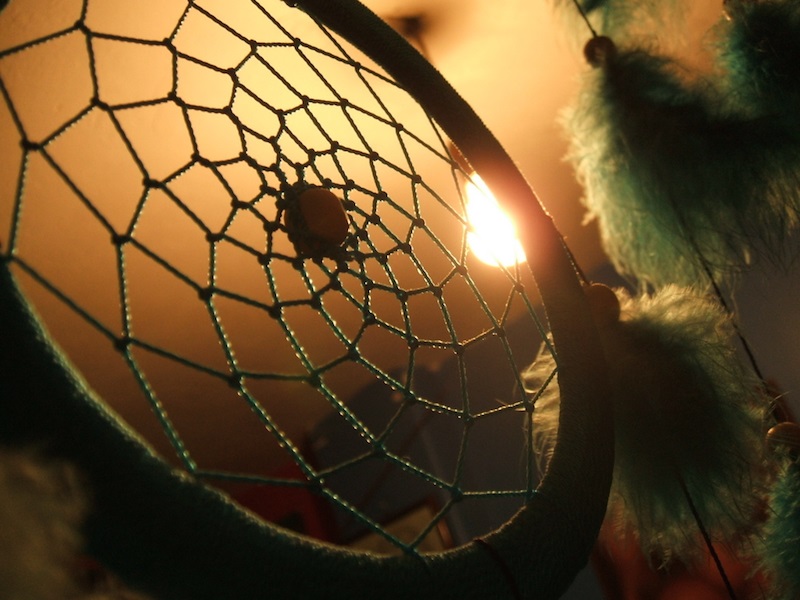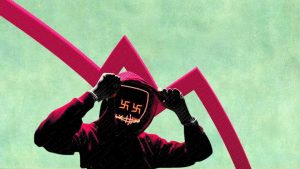Despite the universality of dreamcatchers in modern white women culture, it’s a sad fact indeed that most of what they think they know about those intricately woven discs is based largely on misinformation or outright falsehood.
Then again, that’s true for most of what passes for common knowledge about Native American cultural practices and traditions. Much of the confusion where dreamcatchers are concerned may have to do with just how invitingly pliable they are as an art form. Much more of it, however, has to do with some very muddled messaging over the last 50 years.

Even still, sales of dreamcatchers are booming. A quick look at Google shows there are hundreds of thousands of Internet searches for dreamcatchers each month, resulting in sales of just over 17 million each year. And that’s to say nothing of the millions gobbled up as souvenirs at dusty roadside attractions or so-called “Western” and “Indian” shops stretching from Canada to Mexico.
So what are dreamcatchers really, where do they originate and who is to blame for turning them into the mass-produced item we know today?
These questions are perhaps best answered by listing the many things dreamcatchers are not before getting to the simple heart of the matter. For one thing, dreamcatchers were not, at least until very recently, associated with New Agers or Wiccans. Their origins are nowhere to be found with these groups who have coopted — some say misappropriated — the cultural charm, adorned as they have been with all manner of pagan signs and symbols.
For another, dreamcatchers were never intended for mass-production or for use as general décor. To the contrary, tradition holds that they are highly personal in nature, to be custom made and to be hung only above a cradle or bed in the home. And they are about as Southwestern as Buffalo wings. To that last point, and perhaps most shockingly, dreamcatchers are not even generically or pluralistically “Native American.”
For centuries, dreamcatchers belonged to but a single tribal nation in the whole of the Americas: the Ojibwe, or what French and English New World settlers referred to as Chippewa. The Ojibwe are a First Nation people who still thrive in the Eastern Great Lakes regions of Canada and the United States.

Only one other tribe, the Lakota, can be said to have formally incorporated dreamcatchers into their belief system, and even that came about after nearly a century and a half of intermarriage and trade with the Ojibwe.
The widespread misattribution of dreamcatchers to all Native Americans is easily understood. It occurred just after the rise of the American Indian Movement (AIM) of 1960s and 1970s, a period when Native American nations seized upon dreamcatchers as a way to symbolize a basic cultural identity and to promote unity among tribal nations.

What followed that movement was finding a way to market the suddenly highly recognizable and alluring symbol. In short order, and ever since the 1970s, dreamcatchers have been manufactured on a massive scale and sold wholesale to reservations for eventual retail sale as souvenirs. They are also used in fundraising for the development of Native American schools and housing.
For the Ojibwe people, however, dreamcatchers are so much more than tchotchkes. They remain a potent charm within a nature-based belief system that places great emphasis on dreams. To the Ojibwe, dreams are important influencers of an individual’s soul and mental development. And since dreams or “night visions,” as they refer to them, can also be highly prophetic when interpreted correctly, why not try to stack the odds in your favor and attempt to influence them?
That’s the mystical function of dreamcatchers, which can be traced to one of the Ojibwe’s earliest legends — that of a grandmother who prevents her grandson from killing a spider that’s been weaving a web above her bed. After the grandmother teaches him a lesson about the sacred nature of life and he departs, the spider thanks the old woman for her protection and sets about returning the favor, weaving a magic web that stretches between the old woman and the moon.
Related: The White American obsession with Cherokee heritage
It’s purpose, the spider explains, is to filter good dreams from bad ones, which both travel nightly in the air. Then the spider assures the grandmother that good dreams will navigate the complex web easily, dropping through its center hole to reach her mind, but bad dreams will become ensnared in the web and burn up in the morning sun.
Another version of the legend asserts that, as the Ojibwe people multiplied and stretched far and wide, Asibikaashi, a kind of female spider-god and creator of the web of life, grew so concerned about the limits of her oversight that she eventually taught tribal elders the secret of weaving webs of protection.
Either way, the crafting of dreamcatchers became a practice of the Ojibwe that has remained largely unchanged for centuries: Family members of high esteem — preferably grandmothers in order to follow the legend — still handcraft a child’s first dreamcatcher and hang it above the cradle.

Genuine Ojibwe dreamcatchers are made from a common willow branch bent into a hoop, an ancient cultural symbol of strength and unity. The hoop serves as a framework for a web of sinew, a kind of yarn made of dried animal tissue or plant fibers. The bottom of the hoop is decorated with everyday objects such as arrowheads, shells, leather strands, beads and bits of pottery.
Its other key features are a semi-precious stone placed somewhere within the web to symbolize Asibikaashi, and its multiple dangling feathers that, like radio antennae, help direct dreams to the sleeper. It is said that to witness a single feather sway even slightly in the night air is to know that the dreamcatcher is serving its sacred purpose.
Because dreamcatchers are made of natural materials that dry out and collapse, they do not last a lifetime, nor are they meant to.
The Ojibwe believe that each one collapses precisely when it is meant to, signaling that the bearer has passed through a significant stage of maturation. At that point a loved one will offer up a new dreamcatcher. The cycle continues, and sleep, hopefully, remains undisturbed.
But there's more. Check out these bussin stories:
- Love
 Guys get friend-zoned, girls get ‘fuck-zoned’. And that’s not OK. AKA the state one enters into when you have sex with a man who might previously have considered you a potential romantic partner but now considers you a casual sexual partner.
Guys get friend-zoned, girls get ‘fuck-zoned’. And that’s not OK. AKA the state one enters into when you have sex with a man who might previously have considered you a potential romantic partner but now considers you a casual sexual partner. - History Money
 The coming death of crypto will spark the rise of fascism To crypto bros, e-money is far more than investment. And when it all inevitably comes crashing down, they'll run—not walk—to fascism.
The coming death of crypto will spark the rise of fascism To crypto bros, e-money is far more than investment. And when it all inevitably comes crashing down, they'll run—not walk—to fascism. - Love
 Femcels rising: how to cope with lack of sex and intimacy The media is bombarding us with sex tips and sex normalization. But what if we're not getting any? How do the rest of us fit in?
Femcels rising: how to cope with lack of sex and intimacy The media is bombarding us with sex tips and sex normalization. But what if we're not getting any? How do the rest of us fit in?



There’s so much ignorance on this subject, thanks for this.
My grandmother was a Cherokee princess.